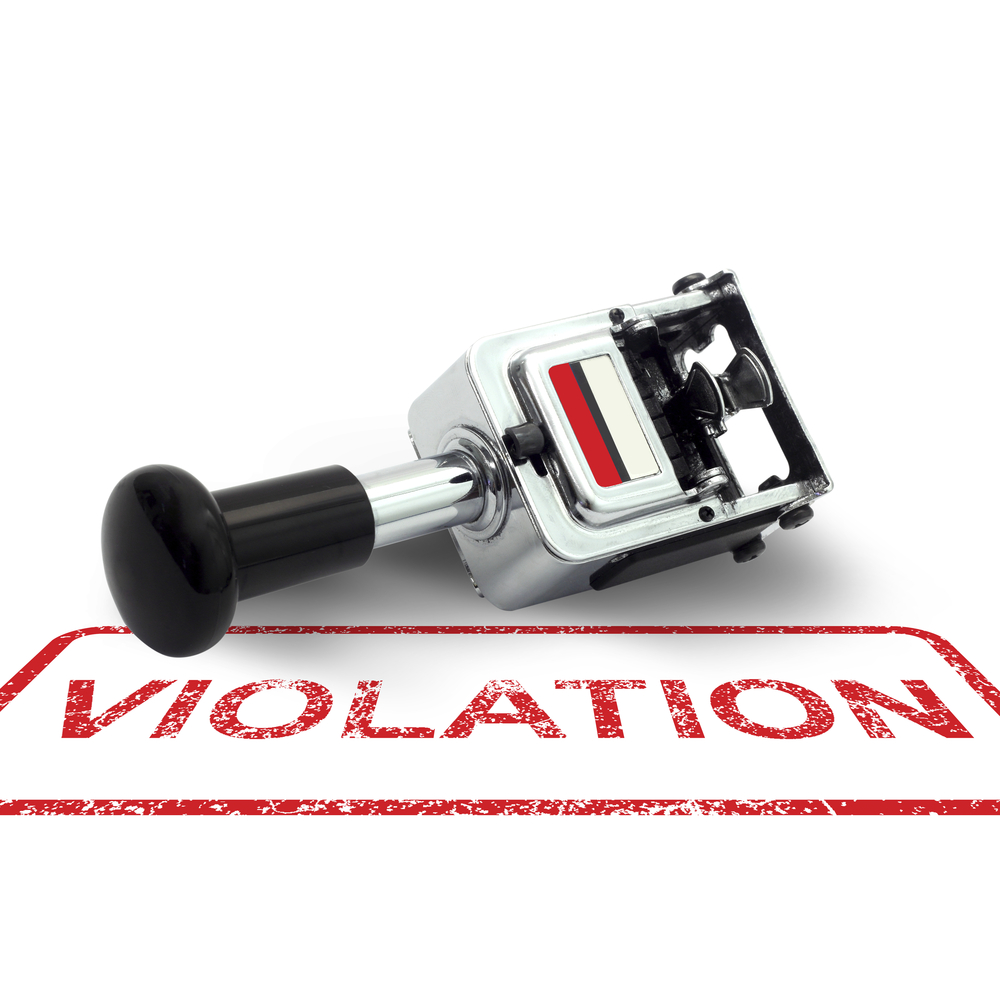- Alma J. Aguirre
- Katy Merrill Andre
- Courtney Culver Baker
- Stephen Bres
- Thomas H. Burton, III
- Giorgio “George” Caflisch
- Victor L. Cardenas Jr.
- Adam B. Chambers
- Ben Connally
- Casey Craft
- Kimberley L. Doom
- Clint Dye
- Stephanie F. Erhart
- Amanda J. Flanagan
- Dalby Fleming
- Joseph A. Garnett
- Steven O. Grubbs
- Jamie Guidry
- Christina “Tina” E. Gutierrez
- Christopher R. Jackson
- James W. Karel
- Henry C. A. List, Jr.
- Travis Livermore
- Cade Lunsford
- Dale B. McMath
- Amy Mitchell
- Dawn A. Moore
- Brent Myklebust
- Raymond A. Neuer
- Kevin Niknam
- Nancy A. Norman
- David Oh
- Christopher A. Palumbo
- George P. Pappas
- R. Edward Perkins
- Lara M. Price
- Carolyn K. Rangel
- James E. Rensimer
- Cameron D. Renton
- Richard A. Sheehy
- Wesley T. Sprague
- Brian Tagtmeier
- Jana H. Taylor
- Erik Veliz
- James L. Ware
- Ann P. Watson
- Michael P. White
- Christene Wood
- Justin T. Woods
- David A. Wright
- Michael Yanochik

Top 10 OSHA Violations for 2022
Each year, the Department of Labor’s Occupational Safety and Health Administration (OSHA) releases a Top 10 list of the most frequently violated workplace safety standards. For FY 2022, the No. 1 violation – “Fall Protection-General Requirement” – came as no surprise. With 5,260 violations for the year, this standard topped the list for the 12th consecutive year.
The other standards that made this year’s list are also no strangers to the Top 10. According to OSHA, many workplace injuries and illnesses can be prevented with strict adherence to the following standards.
- Fall Prevention-General Requirements – 5,260 violations
OSHA Standard 1926.501 concerns safety systems and hazard controls to protect workers from falls and falling objects. Employers must identify and protect against potential hazards, such as ensuring working/walking surfaces are able to support employees and using guardrails or other protective systems when employees are walking or working six feet above a lower surface. Safety measures to shield employees from falling objects include having them wear hard hats and barricading areas where objects may fall from above.
- Hazard Communications – 2,424 violations
The Hazard Communications Standard, 1910.1200, moved up a couple of places to the No. 2 spot this year. Under this general industry standard, employers must classify the potential hazards of chemicals and appropriately communicate this information, along with first aid measures, storage and transport information, to employees. The standard outlines requirements for training employees on the safe use of hazardous chemicals and for developing and maintaining a written workplace hazard communication program.
- Respiratory Protection – 2,185 violations
Under the Respiratory Protection Standard, 1910.134, employers must provide an appropriate respirator to employees when such equipment is needed to protect their health. Citations in this category dipped from No. 2 in 2021, when it was particularly prominent on the list due to COVID-19, which required many companies that did not need a respiratory protection program in the past to create one.
- Ladders – 2,143 violations
The Ladders Standard, 1926.1053, moved down a spot from last year but remains a major area of concern in the construction industry. The standard focuses on avoiding overloading ladders beyond their recommended capacity, keeping ladders free of oil and other slipping hazards, fixing or taking defected ladders out of service, and ensuring workers properly use ladders.
- Scaffolding – 2,058 violations
Always a major area of OSHA scrutiny in the construction industry, the Scaffolding Standard, 1926.451, sets parameters for safe usage of scaffolds, including ensuring that each scaffold is capable of supporting its own weight and at least four times the maximum intended load. The standard also includes specifications for platform size and guardrails and requirements for safely erecting and dismantling scaffolds and training employee on scaffold usage.
- Control of Hazardous Energy (Lockout/Tagout) – 1,977 violations
This standard, 1910.147, includes a series of requirements to protect workers from serious injuries that can arise from the unexpected startup and cycling of a machine or the release of stored energy from a machine. Among other requirements, the standard calls for an energy control program that includes employee training and periodic inspections to ensure that before an employee services a machine, that the machine be isolated from its energy source to prevent sudden activation and injury.
- Powered Industrial Trucks – 1,749 violations
This standard, 1910.178, which focuses on the safe usage of powered industrial trucks such as forklifts, moved up a couple of notches on the list from last year. Forklifts are used in a variety of industries and settings, with more than 1.5 million forklift operators in the U.S., according to OSHA. This standard contains safety requirements relating to fire protection, design, maintenance and use of forklifts and other industrial trucks, including ensuring the proper training of operators.
- Fall Protection – Training Requirements – 1,556 violations
Unlike the top violation of Fall Prevention-General Requirements, OSHA Standard 1926.503 focuses on training and education for employees to prevent falls. According to OSHA, 645 workers died in 2020 after a fall to a lower level, and training workers on fall protection is one of many ways to reduce workplace fatalities and serious injuries from falls.
- Eye and Face Protection – 1,401 violations
OSHA’s Eye and Face Protection Standard, 1926.102, requires employers to ensure workers use eye and face protection when exposed to certain hazards, such as chemical or radiological irritants or flying hazards, which could cause facial or eye injuries, including blindness.
- Machinery and Machine Guard, general requirements – 1,370 violations
The Machinery and Machine Guarding Standard, 1910.212, is in place to protect employees from multiple hazards – including rotating parts, flying chips and sparks – that they may be exposed to while working with or around machines. The standard mentions various potential guarding methods, including barrier guards, two-hand tripping devices and electronic safety devices.
For assistance with an OSHA matter, contact the OSHA lawyers at Sheehy, Ware, Pappas & Grubbs. We have assisted hundreds of employers in OSHA matters, including compliance, investigations, settlement mediation and litigation.
















































